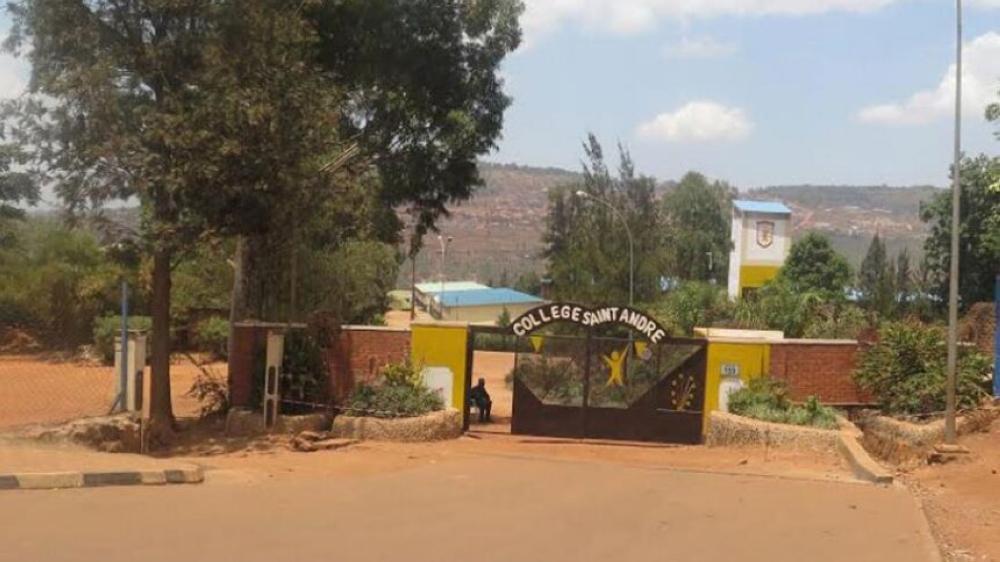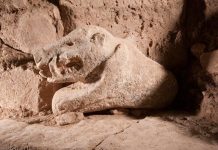Africa-Press – Rwanda. April 13, the last day of the first week of the Genocide against the Tutsi, was marked by widespread massacres in churches across Kigali as well as other parts of the country where Tutsi had sought refuge.
Collège Saint André, Charles Lwanga Church, and the St. Joseph Convent in Nyamirambo were some of the religious places that witnessed massacres on the day.
At St. Joseph Convent, some Josephite priests resisted the attackers, refusing to hand over the Tutsi under their protection. The killers murdered the priests before proceeding to slaughter the refugees. Survivors say that over 2,000 Tutsi had gathered at the convent and many of them were killed.
In Bumbogo, a suburb of Kigali, the Interahamwe militia, supported by government soldiers, attacked the Tutsi who had sought refuge on Nkuzuzu hill, killing many with gunfire. The few who survived fled to Gishaka Parish, where Father Michel, a foreign priest, took them in, offered support, and prayed for them throughout the night.
On the morning of April 14, Interahamwe militants and police officers from Gikomero Commune attacked he parish and massacred most of the remaining refugees.
More massacres at Musha Catholic Church
Between April 12-13, 1994, over 8,000 Tutsi were killed at the Catholic Parish of Musha in Kigali, in an attack perpetrated by officials including Paul Bisengimana, the mayor of Gikoro Commune.
The Interahamwe first attacked women and girls, molested and raped them, before starting to kill those who were taking refuge at the parish.
Paul Bisengimana pleaded guilty to genocide before the International Criminal Tribunal for Rwanda. He was sentenced to 15 years in prison. He completed his sentence.
Massacres at Rukara Catholic church, Kayonza
Many Tutsi who had taken refuge at Rukara church, near Gahini were also attacked and murdered on April 13.
Twelve of them were killed while fighting against the Interahamwe who wanted to take over their cattle. The Interahamwe then seized all of the refugees’ property before massacring them.
The massacres were coordinated by Jean Mpambara, the mayor of Rukara Commune, working together with Interahamwe from Murambi.
Mpambara was acquitted by the International Criminal Tribunal for Rwanda, but the survivors affirm that he led the massacres.
Massacres in Kanyinya, Nyarugenge Commune
In Kanyinya Sector, Nyarugenge Commune, Kigali, Joseph Nzabamwita, a local leader (councilor) asked the Tutsi to call their counterparts to gather together so that he would get them security. He was lying.
On April 13, Nzabamwita told them that he was going to look for gendarmes (policemen) who would protect them. They were told that they would be brought to a hilly place called Kana where Interahamwe could not located them.
Upon arrival there, they were told to wait since supplies and provisions were coming. To their surprise, in the evening it was the Interahamwe who arrived. They killed them with traditional weapons overnight.
Massacres at Ruharambuga, Nyamasheke
On the same day, Interahamwe of Rukoma led by Wellars Gasarasi surrounded more than 60 Tutsi. They gathered them at the home of a resident called Asterie Nyirandimubenshi. They massacred them.
After killing them, Gasarasi brought together Interahamwe, thanked them for what they had accomplished, and authorised them to seize the property of the Tutsi.
More massacres took place in various places across the country including Cyangugu (Rusizi), Kibuye (Karongi), Kayonza, and Gikongoro (current Nyamagabe).
For More News And Analysis About Rwanda Follow Africa-Press






